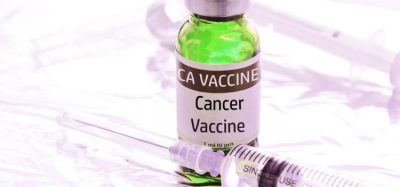Microrobot could be used to deliver hyperthermia treatment to cancers
Posted: 10 September 2019 | Victoria Rees (European Pharmaceutical Review) | No comments yet
A team has developed a microrobot that is effective at targeting specific areas, so could be used in hyperthermia therapies when treating cancers.


Researchers have successfully created a biodegradable microrobot that can be used as a drug delivery method to release medication in a controlled manner. According to the team, the technique can also be used to treat cancer cells through hyperthermia, which would increase the safety and efficacy of anti-cancer treatment.
It can hold magnetic nanoparticles and drugs and can be controlled wirelessly”
The developers are from the Deagu Gyeongbuk Institute of Science and Technology (DGIST), South Korea.
The hyperthermia method of treating cancer can be imprecise because it greatly depends on the circulatory function of the body. However, the new device reduces these issues.
The microrobot is a three-dimensional (3D) biodegradable polymer. It can hold magnetic nanoparticles and drugs and can be controlled wirelessly with an external magnetic field.
According to the researchers, when the microrobot reaches its desired location, a high frequency, alternating magnetic field targets the device. The magnetic nano particles inside the robot then generate heat which raises the surrounding temperatures to perform hyperthermia treatment.
The team conformed the effectiveness of the hyperthermia treatment using microrobot on cancer cells cultured in vitro.
Professor Hongsoo Choi, who led the research, said: “We expect to improve the treatment of cancer through our research, enhancing the efficiency of cancer treatment and reducing side-effects. By continuously performing a follow-up research with hospitals and related firms, we will strive to develop microrobot-based precise treatment system that can be used in actual medical sites.”
The research was published in Advanced Healthcare Materials.
Related topics
Drug Delivery Systems, Medical Devices, Nanoparticles, Research & Development (R&D), Technology









